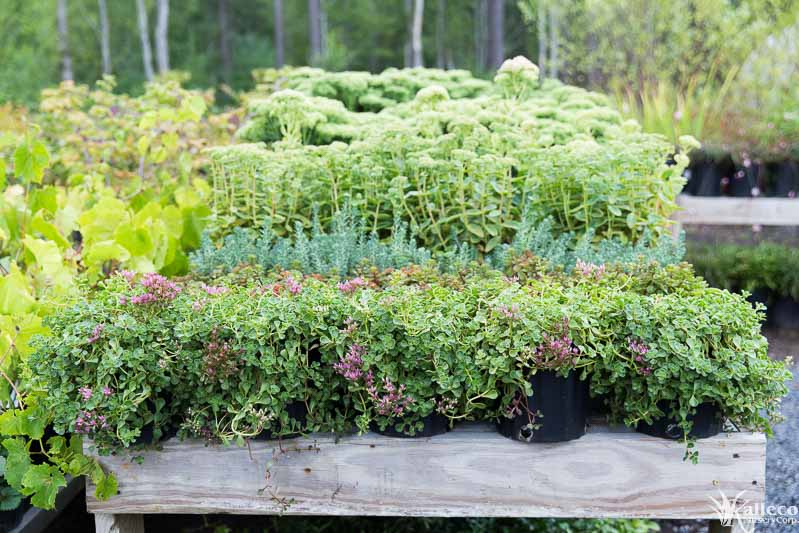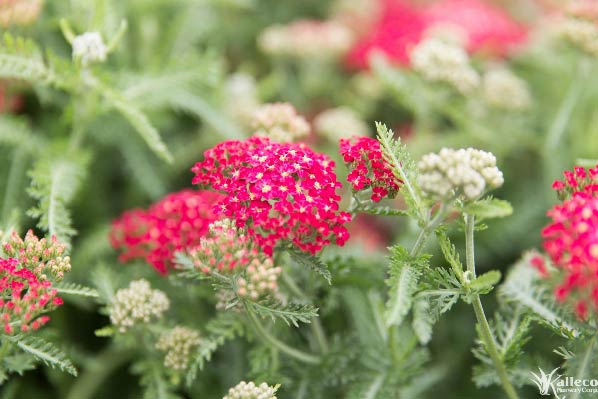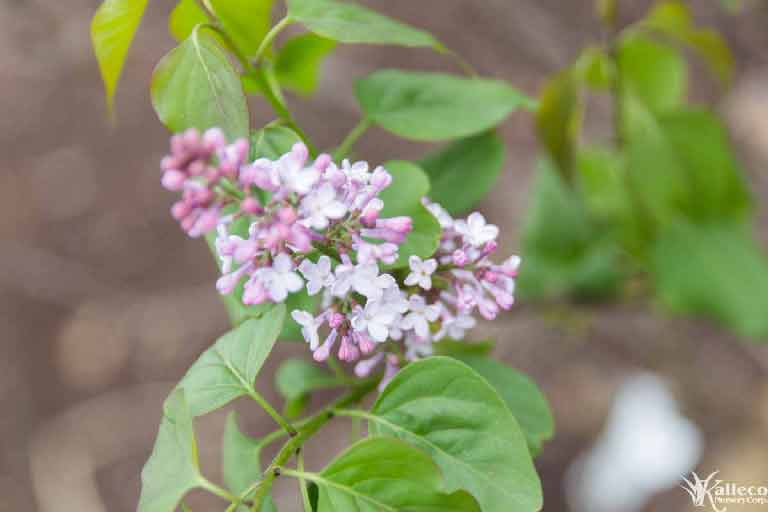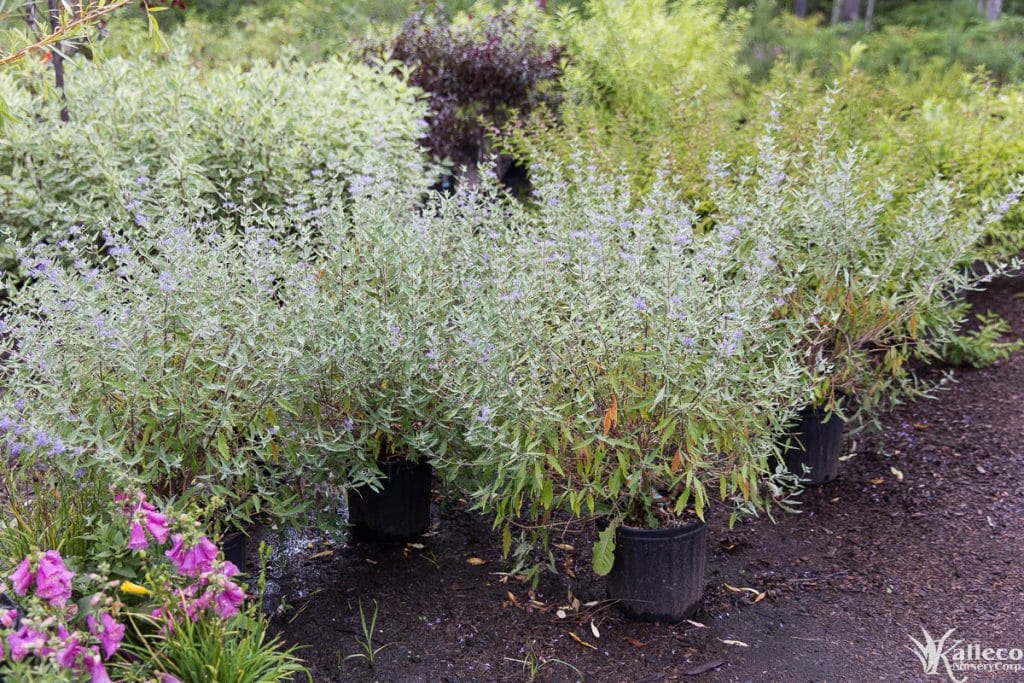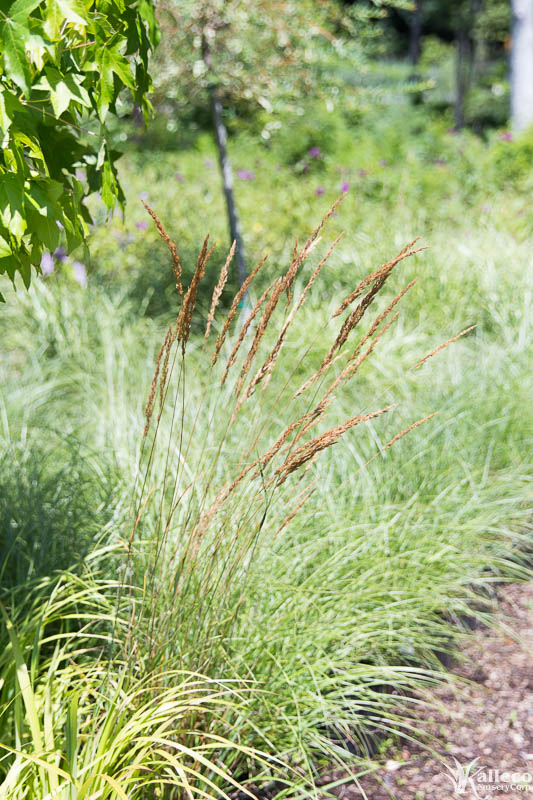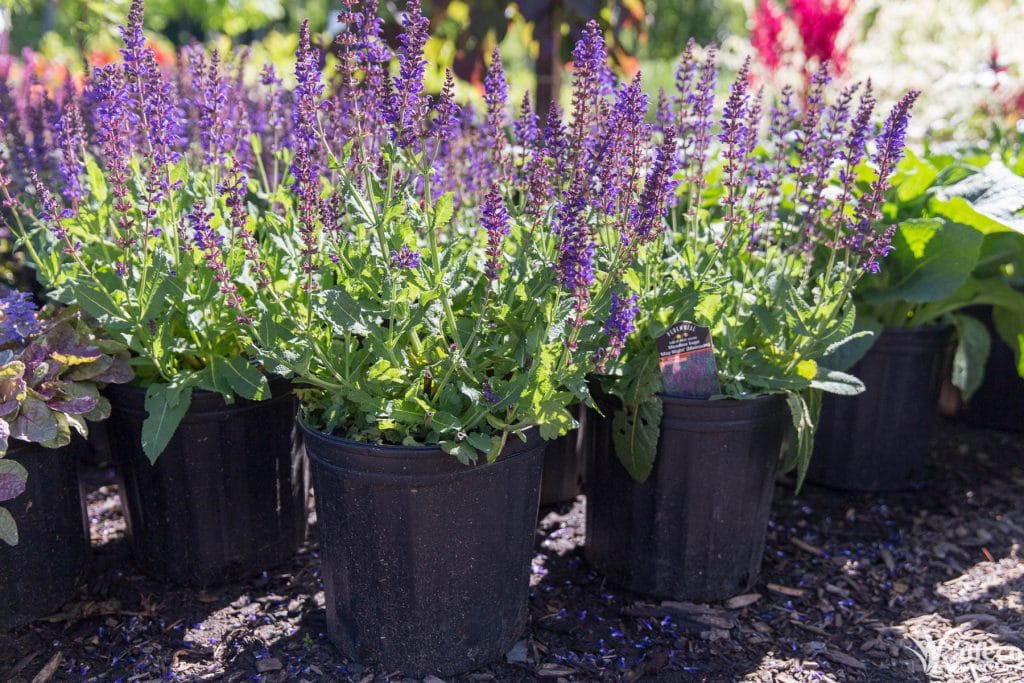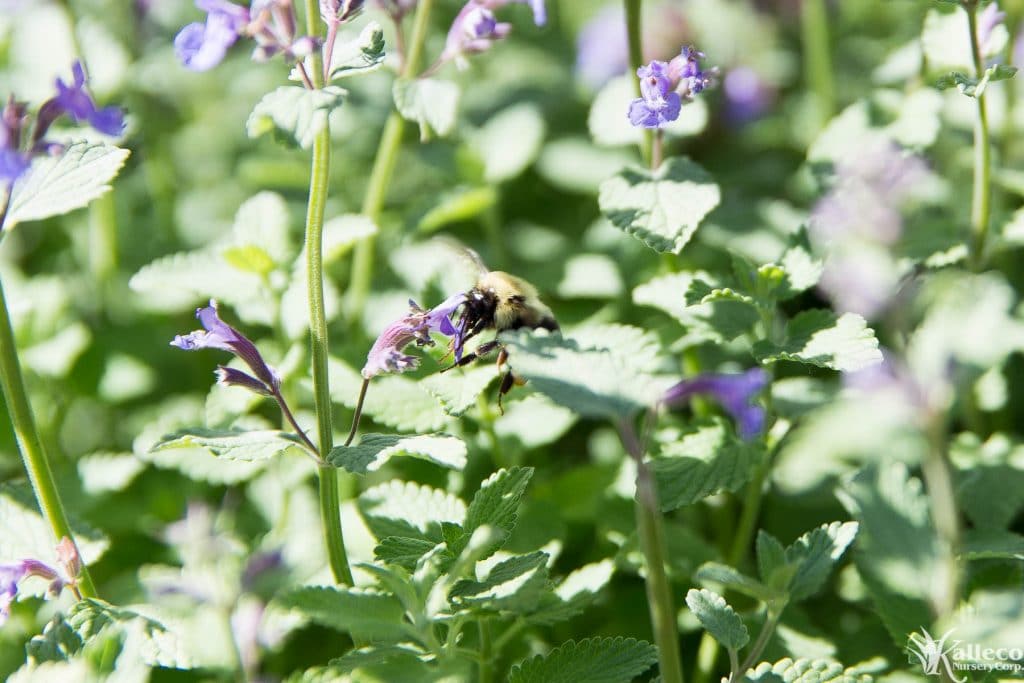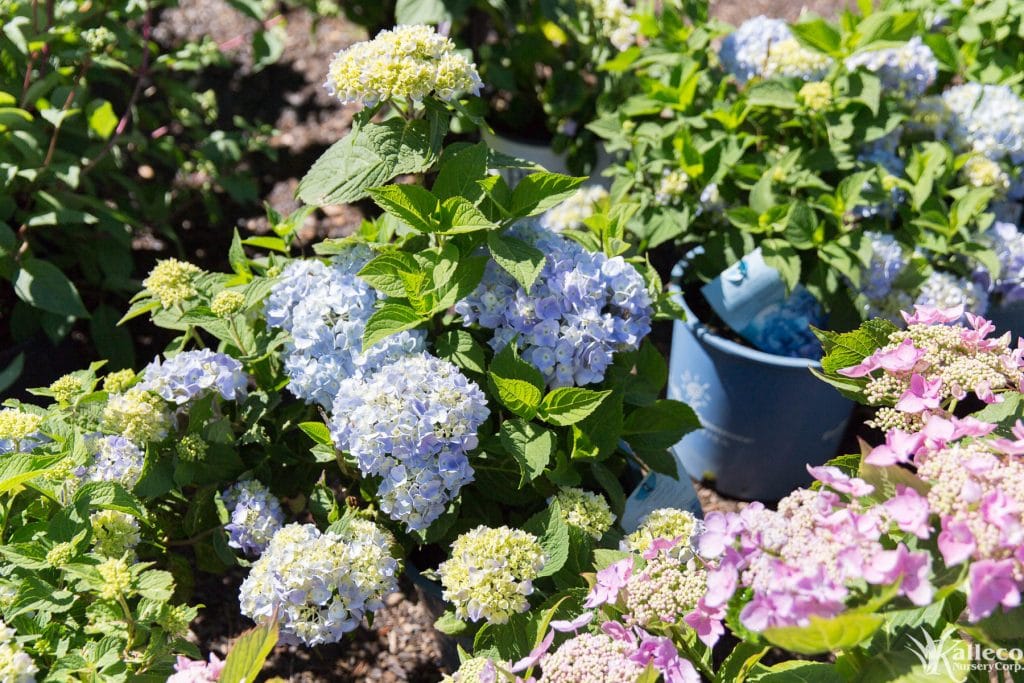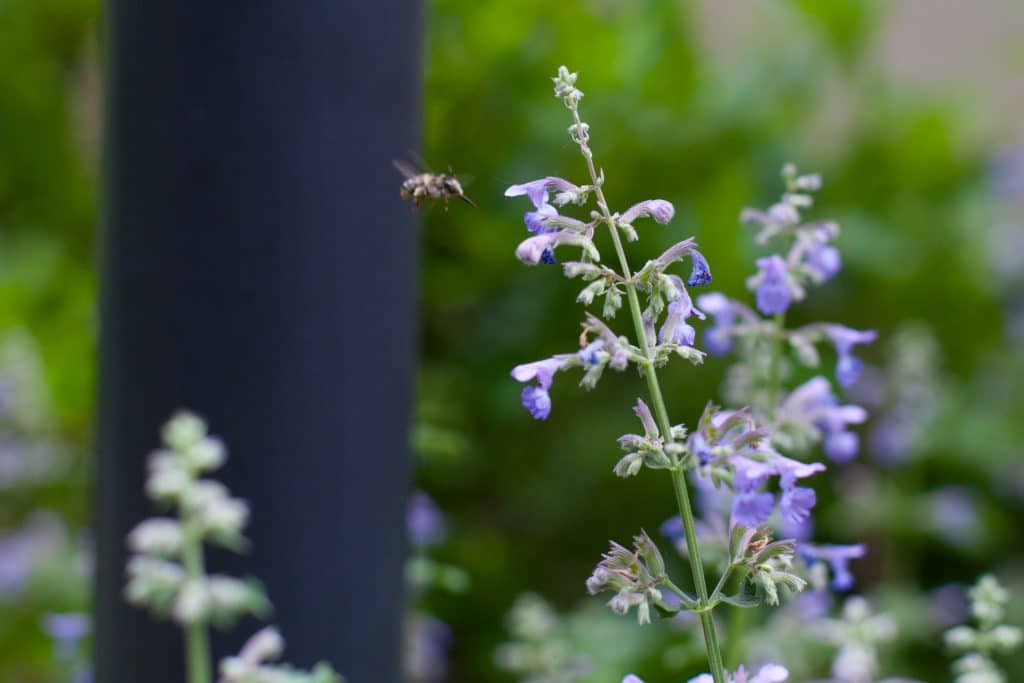Other Names: Succulents, Sedum "Stone Crop" refers to a family of perennial, flowering plants in the succulent family. You might have also heard them called sedum. Both of these are broad terms for plants that come in literally all shapes, colors, and sizes. What all these plants have in common, however, is their hardiness. While they're popular as potted plants, stone crop is actually a … [Read more...]
Removing Japanese Beetles from Your Landscape
As the weather warms up at the end of May, you might notice some new visitors to your landscape. Japanese Beetles are those iridescent green and orange bugs you see on trees and flowers, usually in stacked pairs. They tend to hang around in big groups, usually on tree trunks or stems. Whether you’re a veteran gardener or new DIY-er, you probably know what a pest these guys can be. Japanese … [Read more...]
Yarrow – Plant Profile
Achillea Millefolium Common Names: Yarrow, Milefoil Common Varieties: “Paprika” (red), “Appleblossom” (pink), “Coronation Gold” (golden yellow), “Gypsy White” (white), “Peachy Peach Sensation” (peach). Description: Yarrow is a flowering perennial featuring tight, flat clusters of bright flowers atop long green stems. The flowers themselves range in color from white to deep red, with … [Read more...]
Lilac – Plant Profile
Syringa vulgaris Common Varieties: "Miss Kim", "Lincoln", "Mme. Lemoine", "Miss Canada", Dwarf Korean, Persian Lilac Description: Lilacs are a type of deciduous, flowering plant that's generally a shrub, but some varieties can become trees. They're famous for their fragrant clusters of flowers that appear in late May. Lilac is a multi-stem, woody shrub covered in broad, bright green … [Read more...]
Caryopteris – Plant Profile
Caryopteris x Clandonensis Common Names: “Blue Beard”; “Blue Spirea”; “Blue Mist” Description: Caryotperis is sometimes called “blue spirea”, an apt name. This woody shrub is small with a mounding tendency. Its long, pink-ish stems bear angular leaves. Its foliage is usually silver-green or silver-yellow. In the late summer and early fall, it produces tight clusters of small, … [Read more...]
Planting Bee Gardens
You don't have to be a beekeeper to support your local bee population. Bee gardens can be as lovely and low-maintenance as any regular garden, and feature some perennial favorites! In general, bees prefer small or shallow flowers with easy access to nectar. Sweet-smelling and brightly colored will help draw bees in, and providing more structural plants like woody shrubs and trees can make your … [Read more...]
Hydrangea – Plant Profile
Hydrangea. Description: Hydrangea describes a number of deciduous, woody-stemmed shrubs with iconic clusters of flowers. The foliage comes in many shades of green, and varies in shape depending on the variety. Hydrangeas are best known for their clusters of four- or five-petal flowers that bloom late June into the fall. Color ranges greatly, red and pink to purple and blue, and some … [Read more...]
Planting a Pollinator Garden
June is National Pollinator Month! What's a pollinator? A pollinator is any animal that helps move pollen from one plant to another, aiding in fertilization and propagation. The most famous pollinator is the bee, but there are plenty of others, including butterflies, moths, beetles, bats, and many birds (especially hummingbirds!) Pollinators are vital to the natural environment, as well as the … [Read more...]

